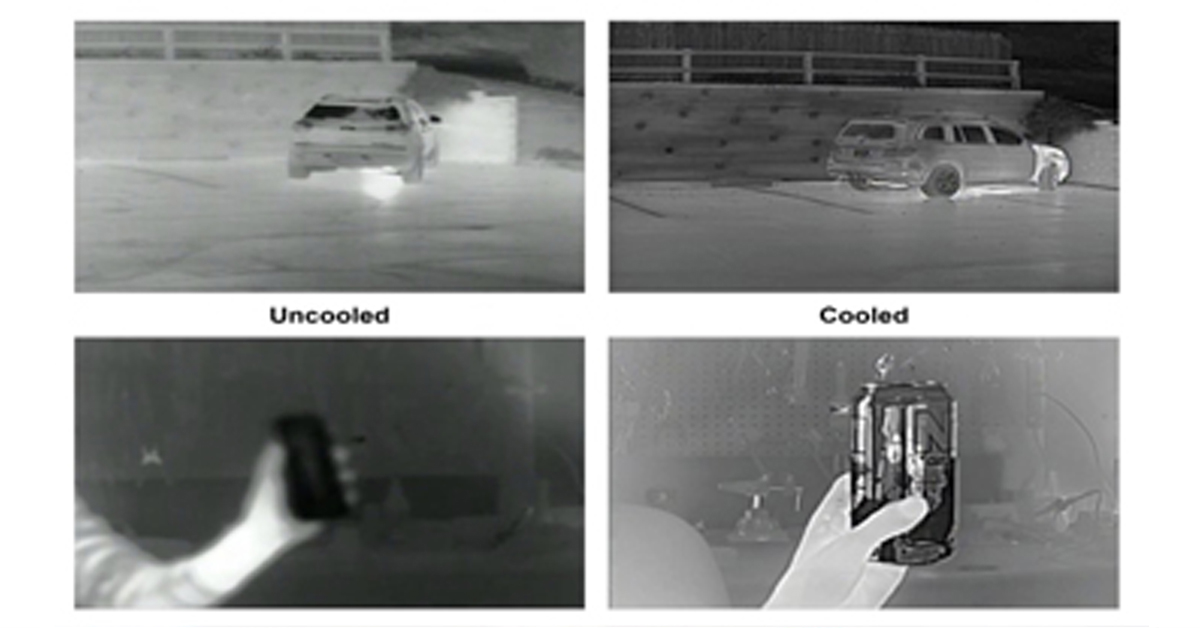
INDUSTRIAL NETWORKING EQUIPMENT USED FOR AUTONOMOUS VEHICLES
Introduction
The creation of autonomous vehicles and their use in numerous industries is on the rise. Such prevalence is due to the many benefits they offer, including increased productivity, decreased fuel consumption, reduced traffic congestion, decreased user error, and improved safety conditions. Such benefits would not be possible without the creation of innovative industrial networking equipment.
Industrial networking equipment has led to the creation of effective autonomous vehicles in a wide variety of industries. Currently, industrial networking equipment has been heavily implemented in the creation of autonomous vehicles for use in agriculture, warehouse, and public transportation applications, among other industries. To gain a better understanding of how industrial networking equipment is used for autonomous vehicles, continue reading.
Industrial Networking in Autonomous Vehicles for Agriculture Applications
As the popularity of smart farming increases, so too does the development of more agricultural autonomous vehicles that implement industrial networking equipment. Smart farming refers to a farm management concept that leverages advanced technology, such as the internet of things (IoT) and other industrial networking devices, to monitor, track, and automate agricultural operations.
One of the many types of advanced technology used in smart farming is autonomous vehicles. Examples of the different types of vehicles that have been automated for use in the agricultural industry to achieve greater efficiency, reduced human error, and increase productivity include harvesters, tractors, and berry picking machines, among many others. Each of these types of automated agricultural vehicles utilize various types of industrial networking equipment to operate efficiently.
For example, berry picking machines run cameras to determine if the fruit is ripe for picking. In order to do so, they are equipped with 10G PoE industrial switches. A 10G PoE switch refers to a multiport network bridge that helps link the backbone of an infrastructure to slower network devices that connect to it. They typically connect to the main network switch using fiber optics and have the capability to provide data speeds of 10 billion bits per second.
Due to their impressive capabilities, 10G PoE switches are an ideal data processing and power solution for the agricultural autonomous vehicle industry, which demands substantial data-processing power.
Industrial Networking Equipment in Autonomous Warehouse Vehicles
Autonomous vehicles are also becoming highly prevalent in warehouse environments. Automated guided vehicles refer to wheel-based portable robots that workers often utilize as load carriers to transport equipment around a warehouse facility. By utilizing cameras, radio waves, lasers, and wiring, these autonomous vehicles can navigate a warehouse environment without the need for an onboard operator.
When coupled with the device’s mobility, this autonomy has several benefits, including increased layout flexibility, easier implementation than fixed automated systems, modularity, and scalability. In order to operate effectively and provide these benefits, automated guided vehicles in warehouse applications rely heavily on the implementation of industrial networking equipment.
For example, in order to maintain Wi-Fi connectivity and continuous operation while moving, such automated vehicles require wireless communication solutions. Such solutions include wireless access points, wireless bridges, industrial wireless routers, and wireless repeaters. These devices facilitate autonomous operations by allowing them to connect to a warehouse control system or management software without the need for excessive cabling, which can greatly restrict their mobility.
Because warehouse environments often have harsh conditions, such as extreme temperatures or electromagnetic interference, traditional networking equipment will not suffice. Instead, robust industrial-grade solutions that are durable enough to withstand such environmental challenges and provide continuous Wi-Fi connectivity are essential.
Industrial Networking in Autonomous Buses
Similar to the rise of smart farming, the intelligent transportation industry is also growing exponentially. One of the many features of the intelligent transportation industry is autonomous vehicles and, more specifically, autonomous public transportation vehicles such as municipal buses. Municipal buses are an integral part of the transportation infrastructure for virtually any city. As ridership continues to increase, the need to accommodate the growing number of passengers by improving efficiency is vital.
As such, the implementation of autonomous buses that can improve transportation accessibility, increase lane capacity, lower fuel consumption, reduce traffic congestion, and improve passenger safety by reducing traffic accidents continues to rise. However, implementing autonomous buses poses some challenges, namely the lack of an onboard operator to monitor the bus’s conditions and ensure the safety of passengers. To ensure operations and processes are going smoothly, and passengers are safe without the presence of a traditional driver, the use of video surveillance and remote real-time monitoring is essential.
Fortunately, industrial networking equipment can help fulfill this need for onboard video surveillance processing. Because surveillance devices such as CCTV cameras, sensors, and wireless access points all require a substantial amount of power, onboard surveillance isn’t possible with a standard 1G backbone. Instead, a robust power generation device such as a 10G industrial Ethernet switch is essential.
10G switches can provide power to onboard surveillance systems and facilitate remote monitoring of buses due to their capacity for wireless application, substantial data processing capabilities, and power generation. Through the use of 10G industrial networking switches, data from onboard surveillance systems can be efficiently transported to traffic monitoring centers to provide the necessary monitoring that autonomous buses require.
In addition to providing the power necessary for operating surveillance systems in autonomous buses, 10G Ethernet switches also have the durability necessary to operate effectively in the potentially harsh environments of public transportation. Antaira’s industrial 10G Ethernet switches, for example, have the capacity to operate between temperatures of -40°C to 75°C. This wide operating temperature ensures the switch will power up even if a bus is idling without the use of a heater or air conditioner.
Blog Posts


Thermal Camera Selection
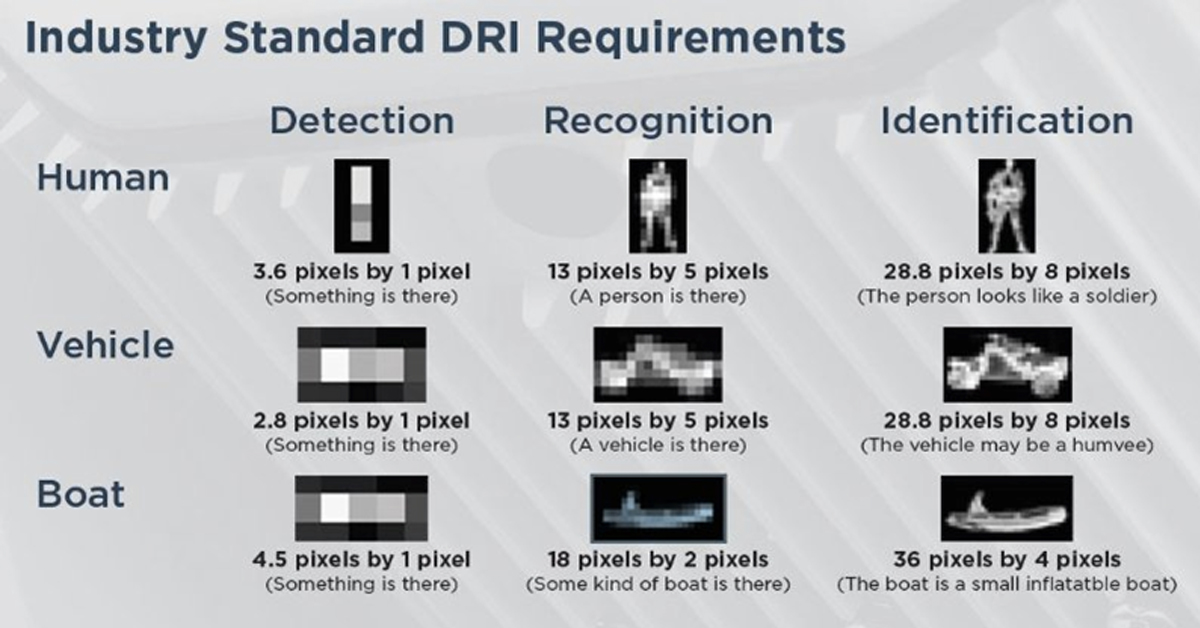
How Far Can I See?

How Should Human Temperature Be Measured?

What is Wide Dynamic Range?
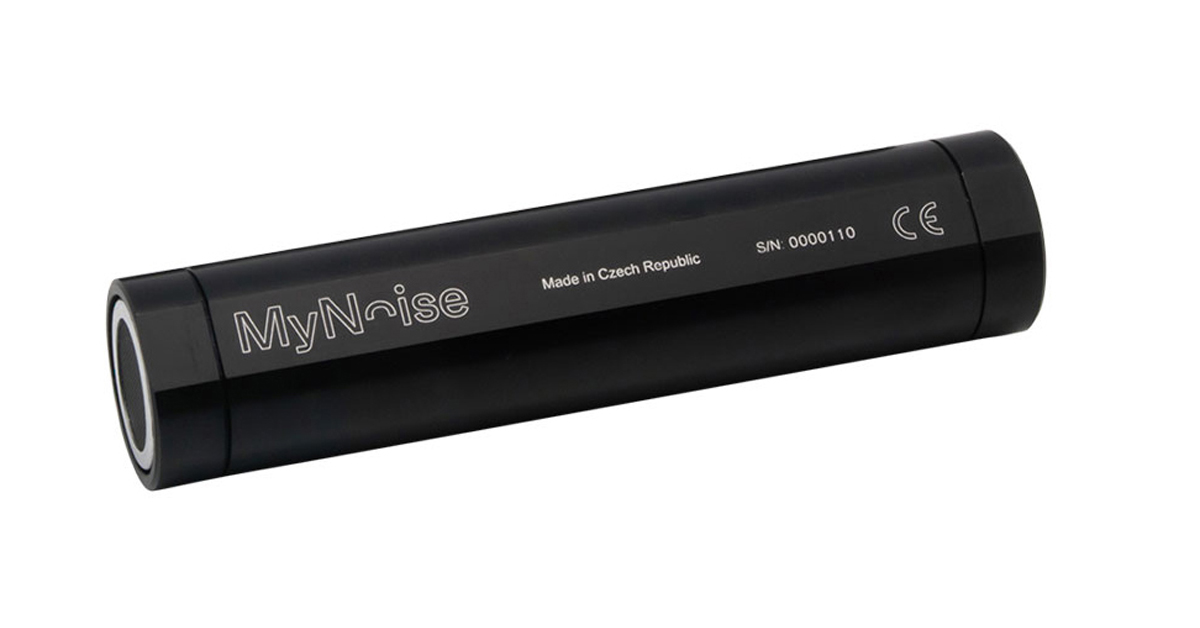
MYNOISE AUDIO MIXER REVIEW

WHAT IS A WIRELESS DISTRIBUTION SYSTEM?

POE VS. POE+ VS. POE++: CHOOSING THE RIGHT INDUSTRIAL ETHERNET SWITCH FOR YOU

INDUSTRY-LEADING INDUSTRIAL ETHERNET SWITCHES
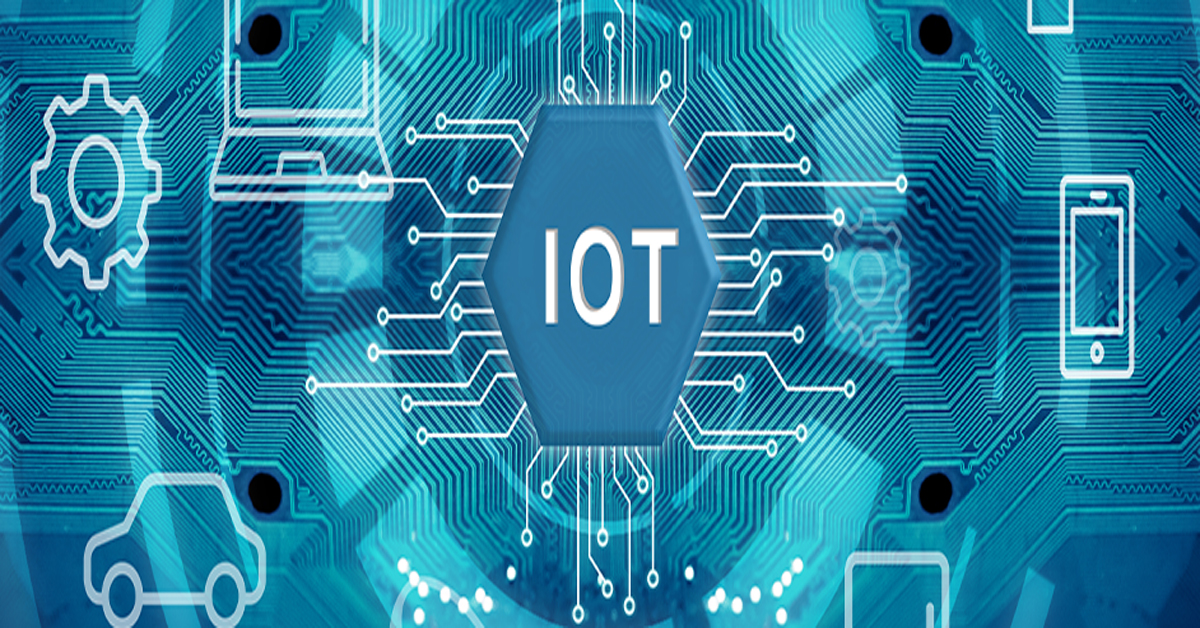
UNDERSTANDING WHAT THE INDUSTRIAL INTERNET OF THINGS IS
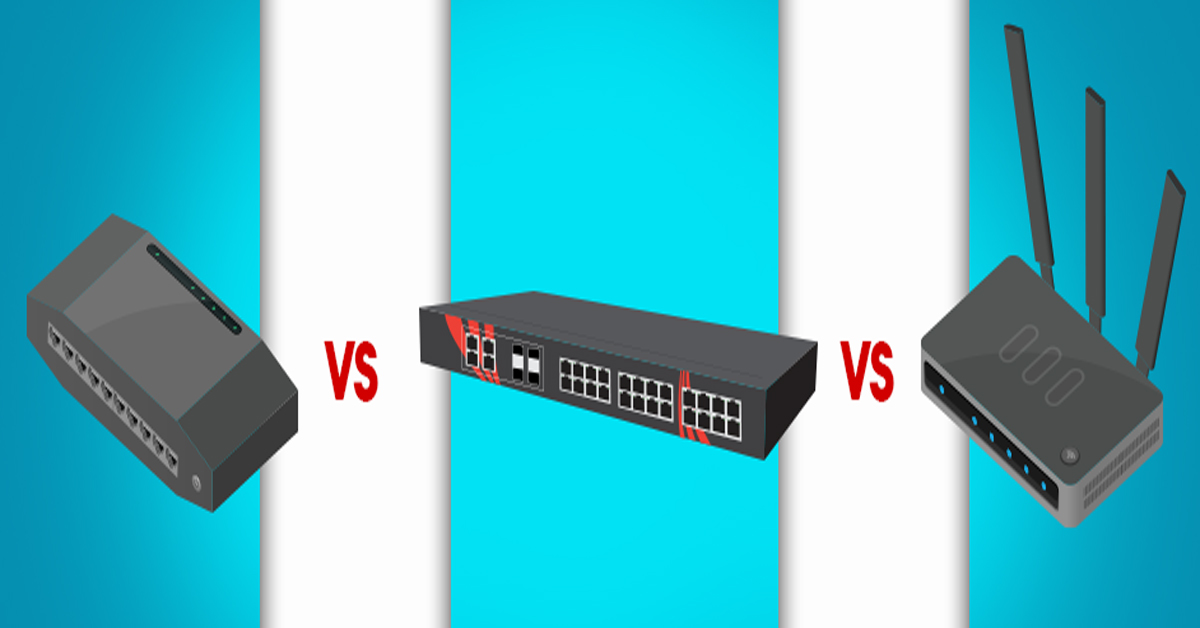
THE DIFFERENCE BETWEEN A HUB, SWITCH, & ROUTER

5 Benefits of Thermal Imaging Cameras

DIFFERENCE BETWEEN INDUSTRIAL ETHERNET AND REGULAR ETHERNET

INDUSTRIAL NETWORKING EQUIPMENT USED FOR AUTONOMOUS VEHICLES

CYBERSECURITY: PROTECTING INDUSTRIAL CONTROL SYSTEMS

HOW INDUSTRIAL NETWORKING CAN PROVIDE SECURITY FROM DRONES
.webp)
Thermal Cameras Reveal How to Keep Your Home Cool During a Heat Wave

FLıR ONE PRO

On the Water with the FLIR M364C

Unmatched Maritime Awareness with Cooled Thermal Imaging

What Is the Right Handheld Thermal Camera for You?

Camera Resolution and Range

Special Applications for Marine Cameras

What’s The Difference between Thermal Imaging and Night Vision?

Can Thermal Imaging See Through Fog and Rain?
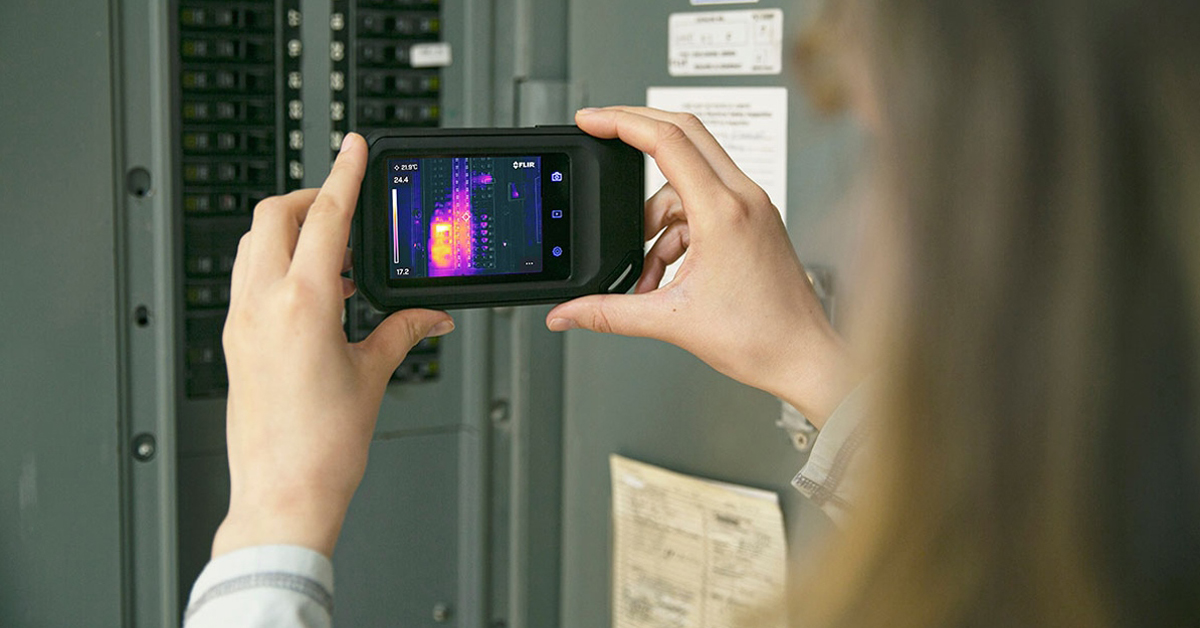
Which Cx-Series Camera Is Right for You?
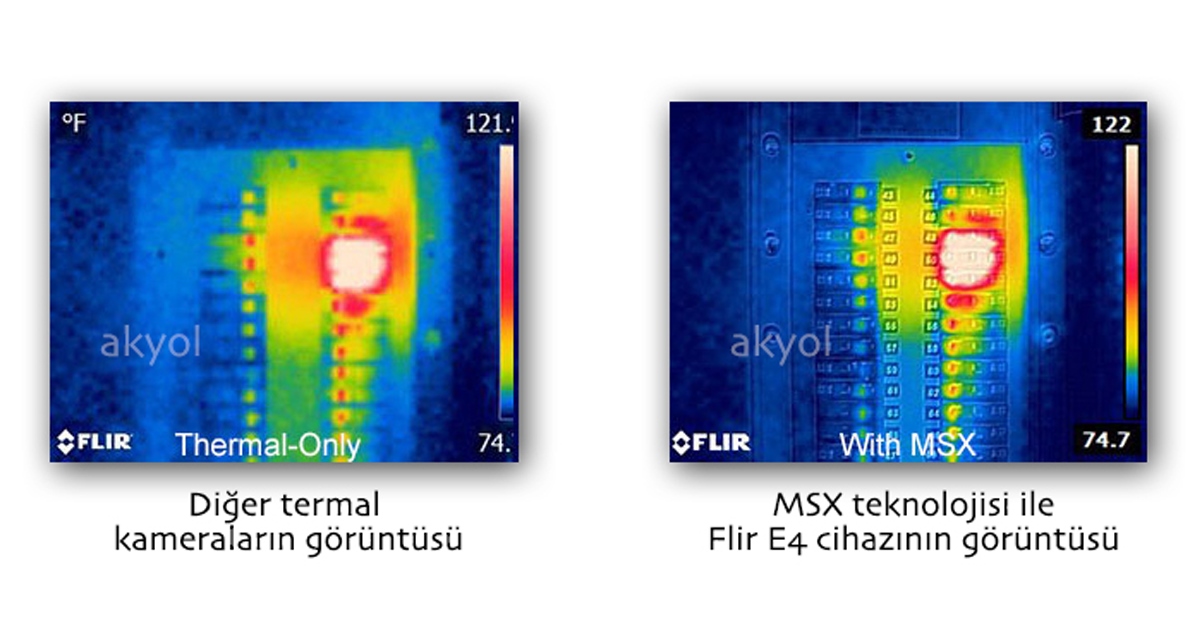
What is MSX®?

Five Reasons Maritime First Responders Need Thermal Imaging
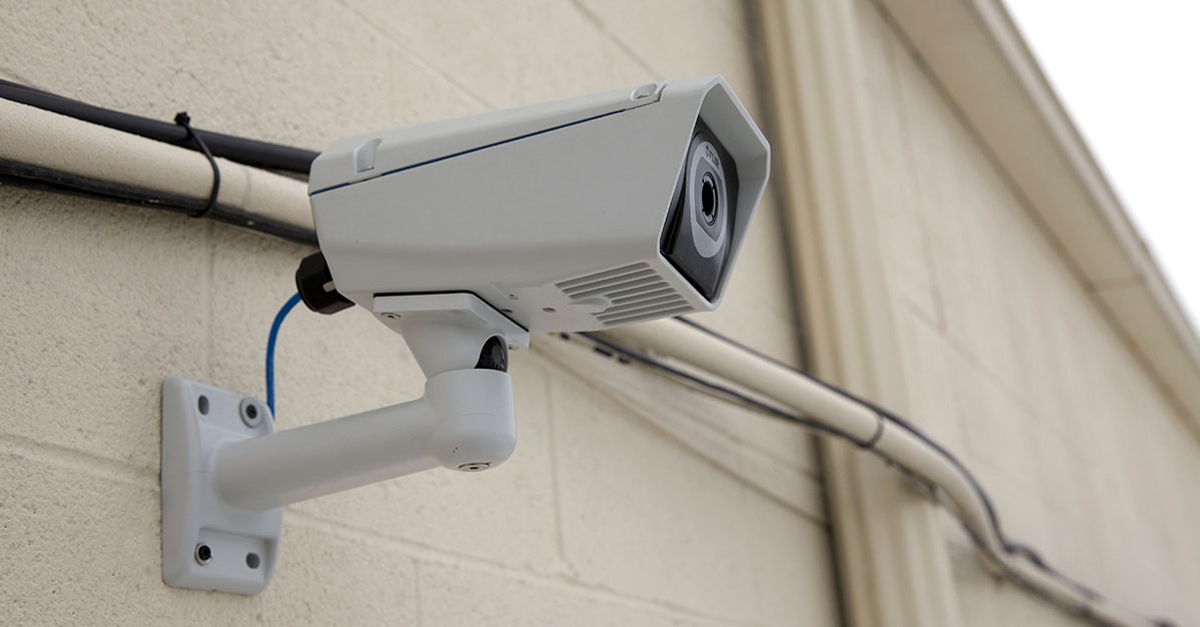
3 Distinguishing Features of Superior Thermal Cameras
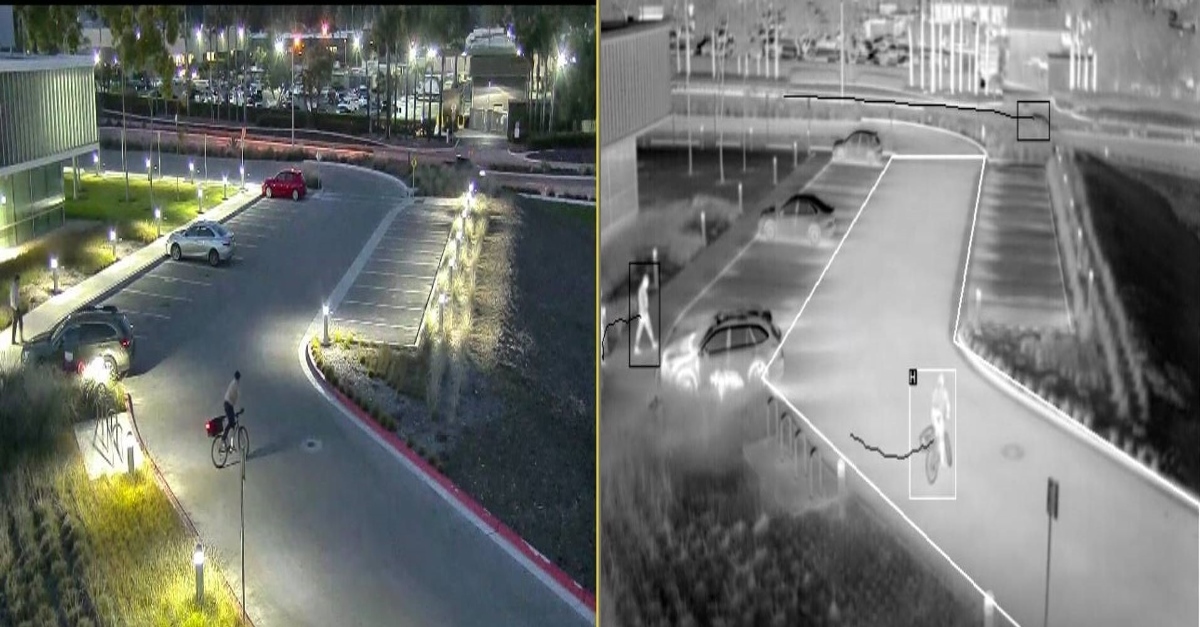
Determine Which Visible and Thermal Security Cameras You Need

Bullet vs. PTZ vs. Dome: Which Security Camera Is Right for You?
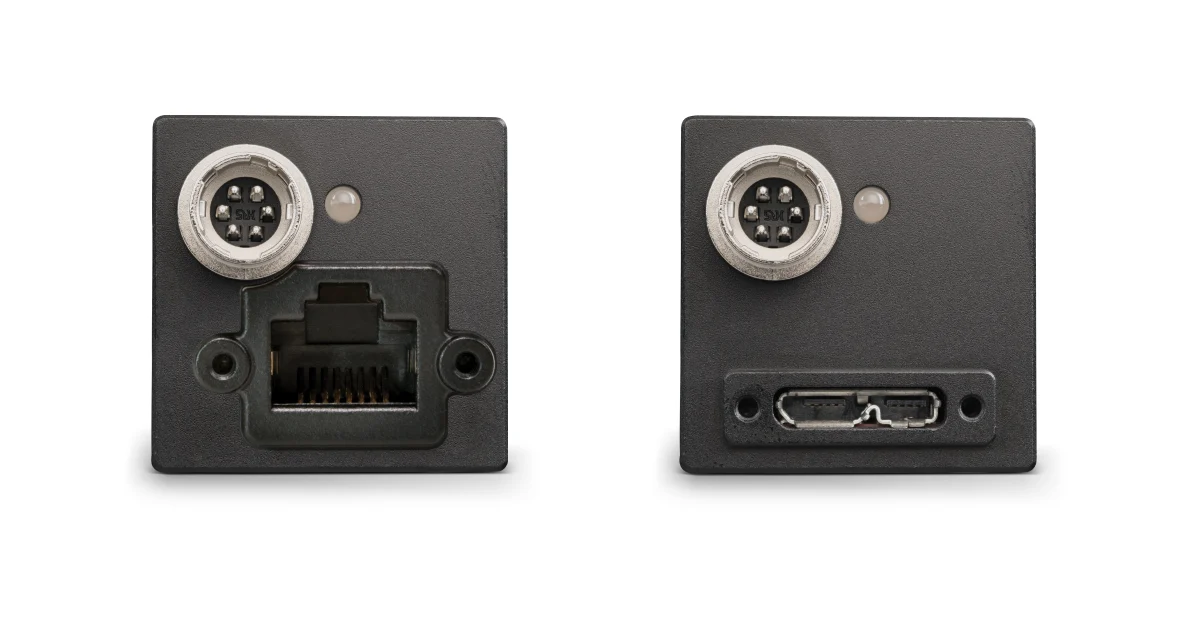
Interfaces for Machine Vision
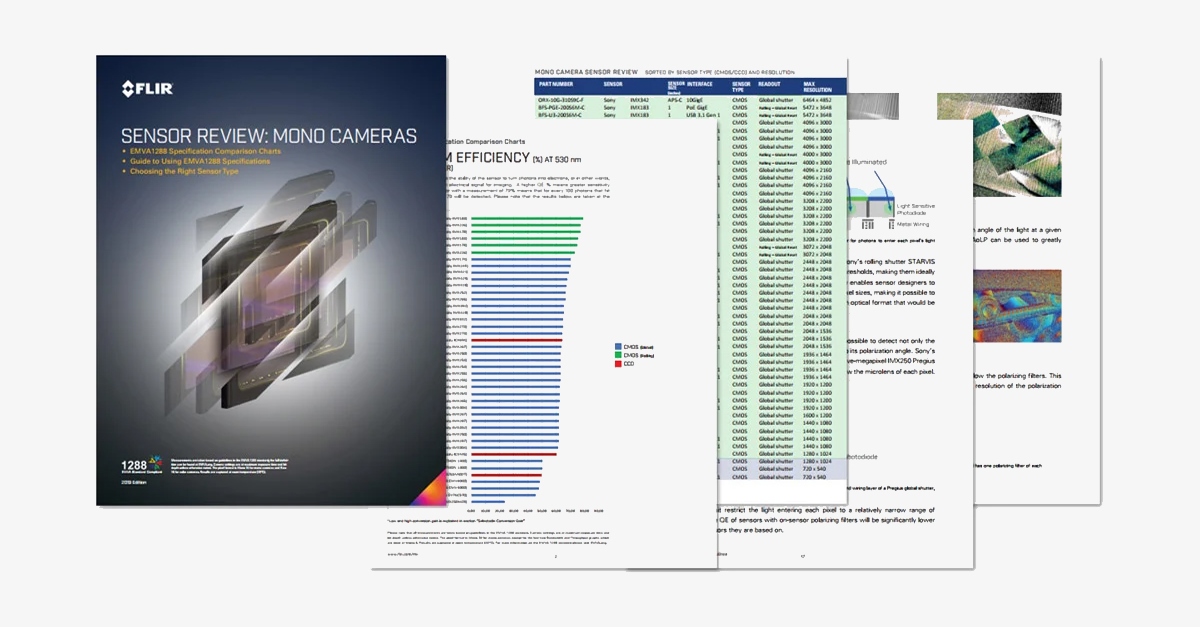
Machine Vision Sensor Review

Teledyne FLIR, the Industry Leader, Launches Boson +, a Long-Wave Infrared Thermal Imager Module with an Accuracy of Less Than 20 mK

Whitepaper: IP-Based Security Convergence

3 Technologies Transforming Safe Cities into Smart Cities

Insights from the Field: Ensuring Workplace Safety Using Thermal Camera Screening for Entry Control

Thermal Night Vision as a Force Multiplier

Can Thermal Imaging See Through Walls? And Other Common Questions
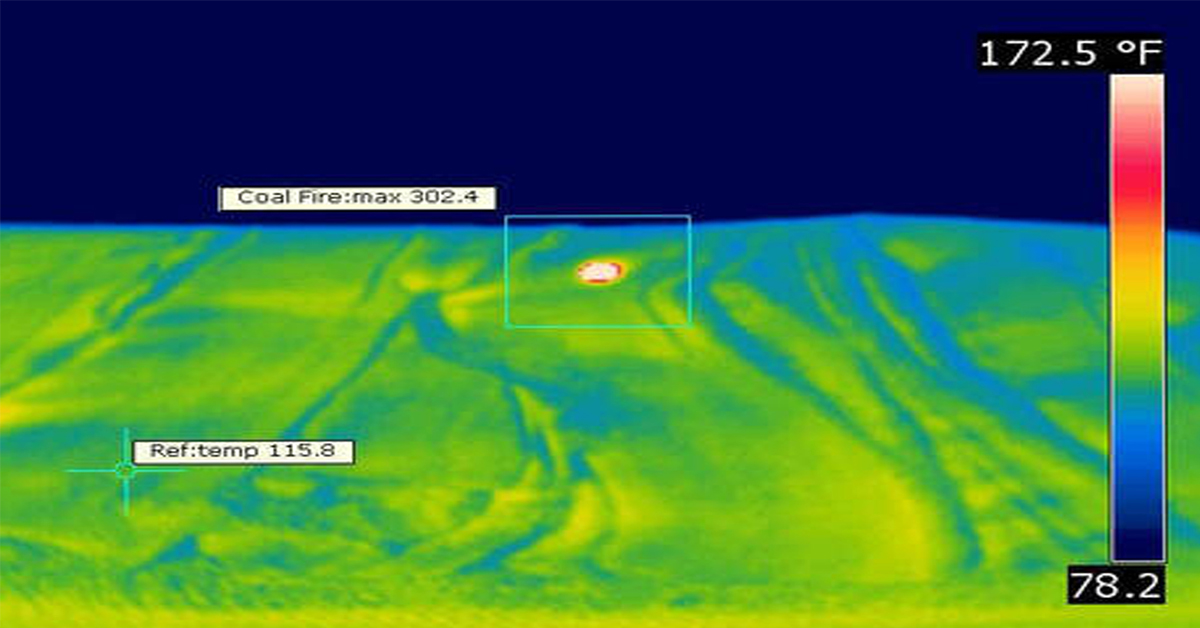
Application Spotlight: Early Fire Detection for Rapid Heat Generation
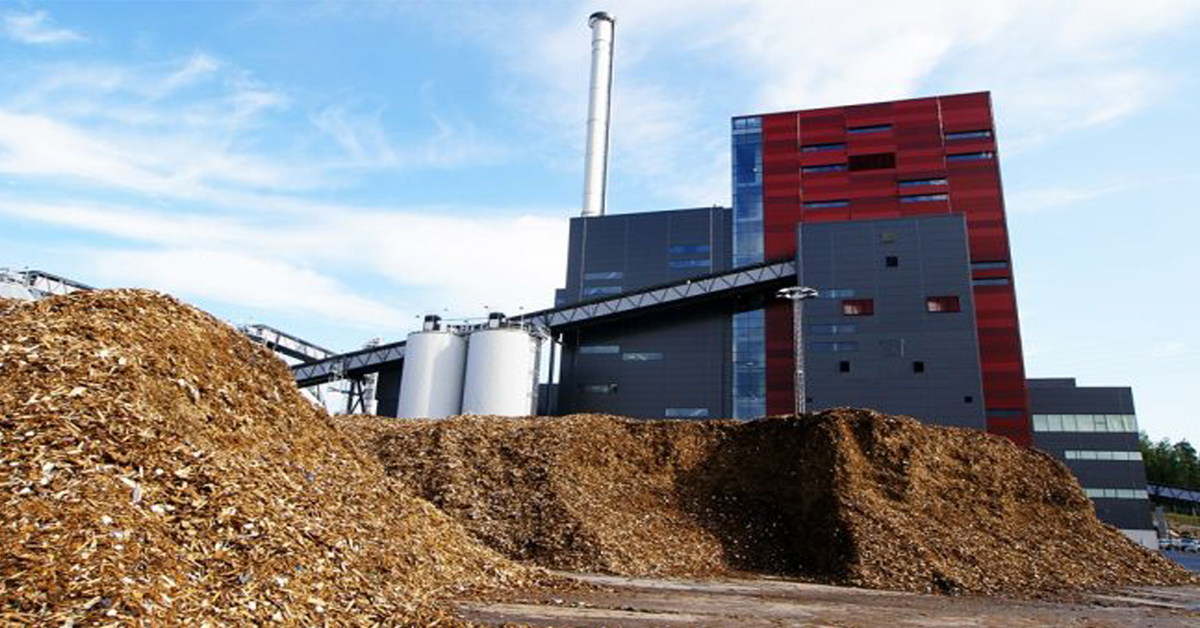
Protect Personnel and Equipment by Detecting Early Signs of Fire
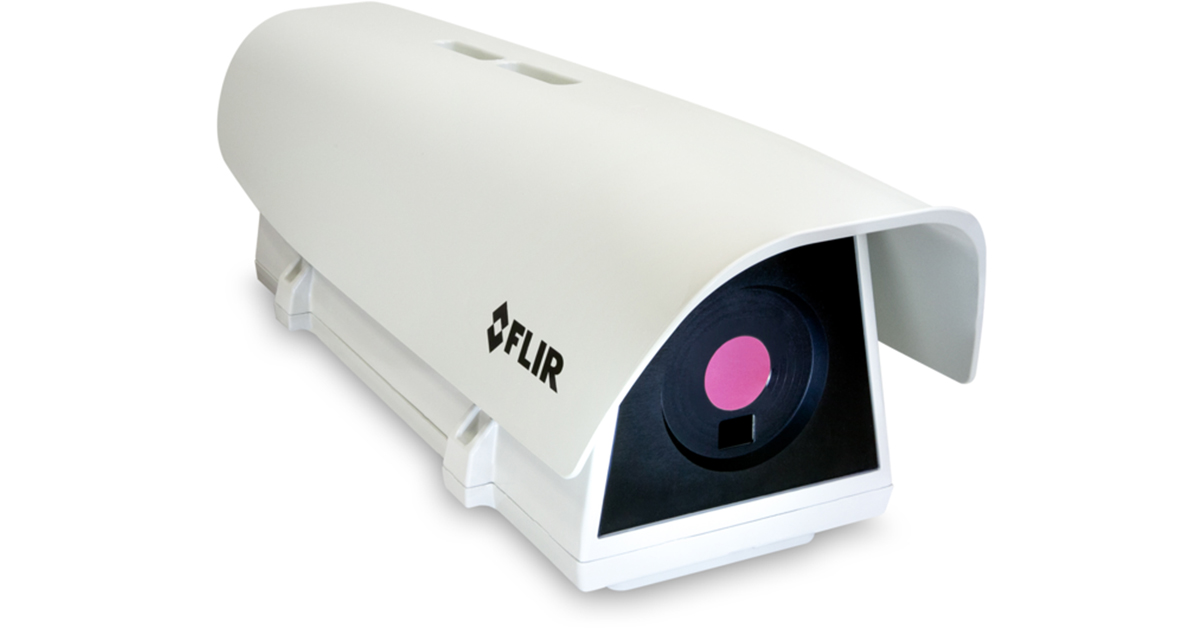
Teledyne FLIR Launches A500f/A700f Cameras for Fire Detection and Condition Monitoring

Thermal Imaging Cameras Help Guarantee Fire Safety in Tunnels
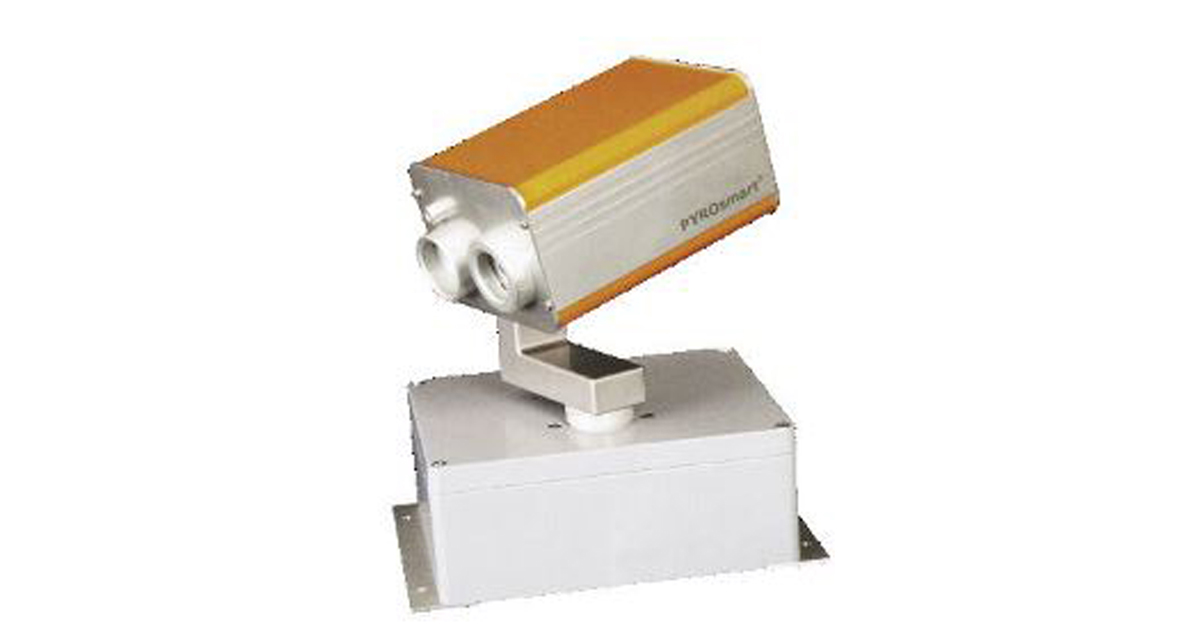
Thermal Imaging Cameras Help to Prevent Fires
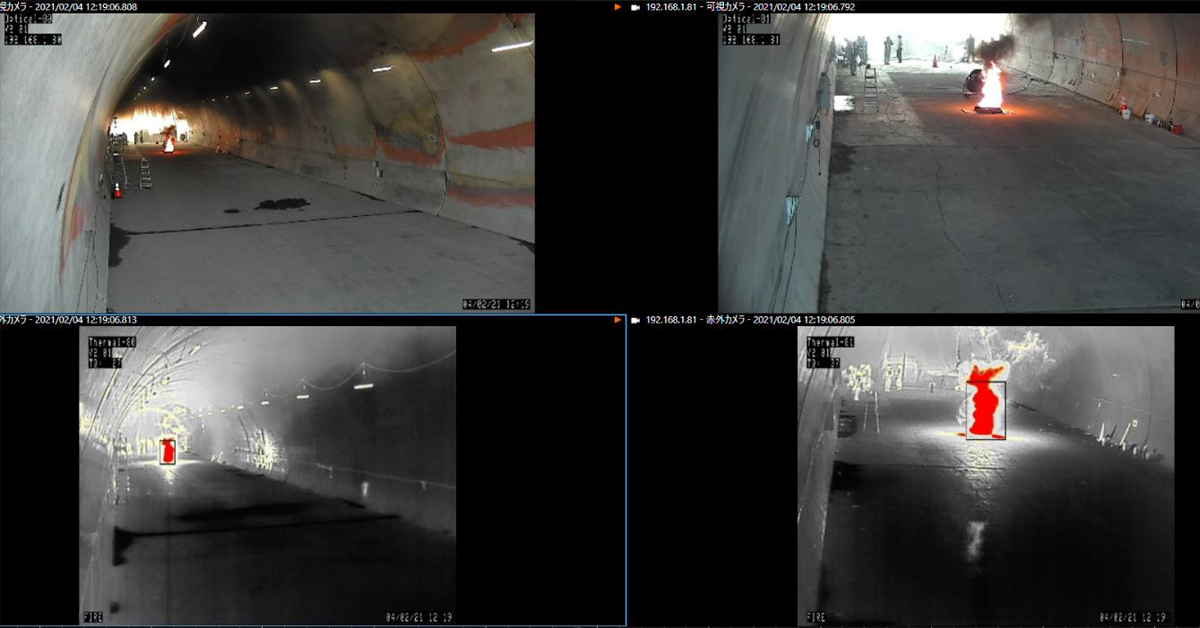
ITS-Series Dual AID Surpasses Standards for Fire Detection Systems in Japan

How Layering Multispectral PTZ Cameras and Radars Improve Perimeter Protection

POWER REMOTE RESET TECHNOLOGY - PRRT

Why Yacht Owners are Adding Thermal Imaging Cameras to Minimise the Risk of Lithium-Ion Battery Fires?

Intelligent Transportation Systems

Best Practices Guide for Perimeter Security Applications

Protect Pedestrians, Bicyclists and More with Thermal Smart Sensors

White Paper: Application of Ground-Based Security Radar to Perimeter Systems

What is Thermal Leakage and How to Reduce Its Risks
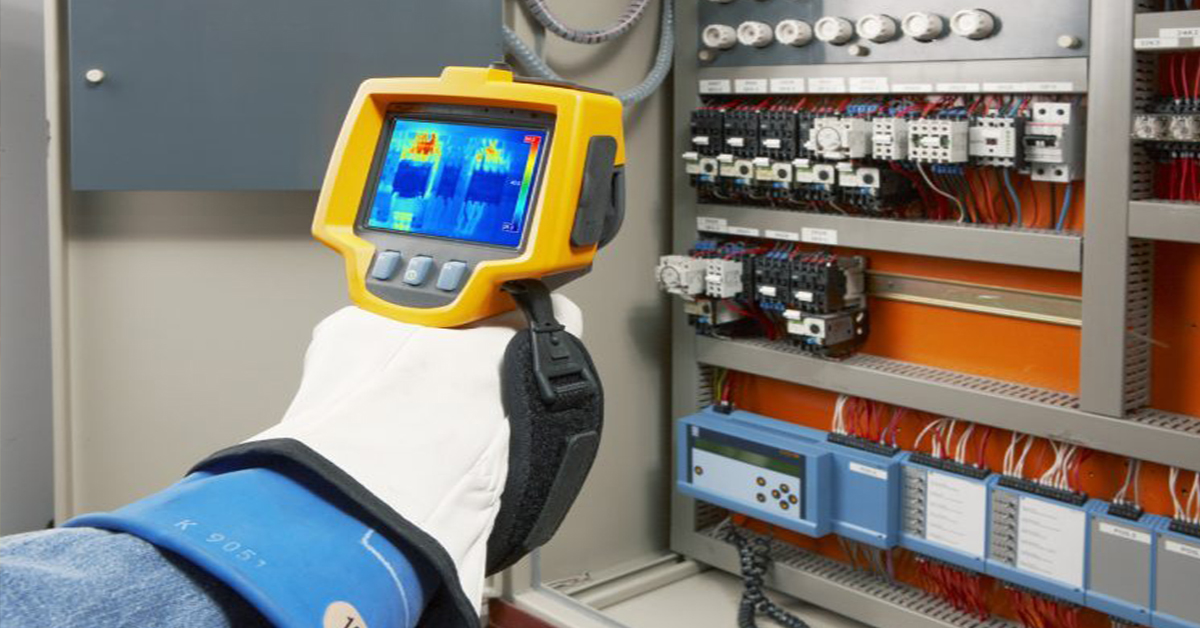
Battery Inspection Using Advanced Thermography
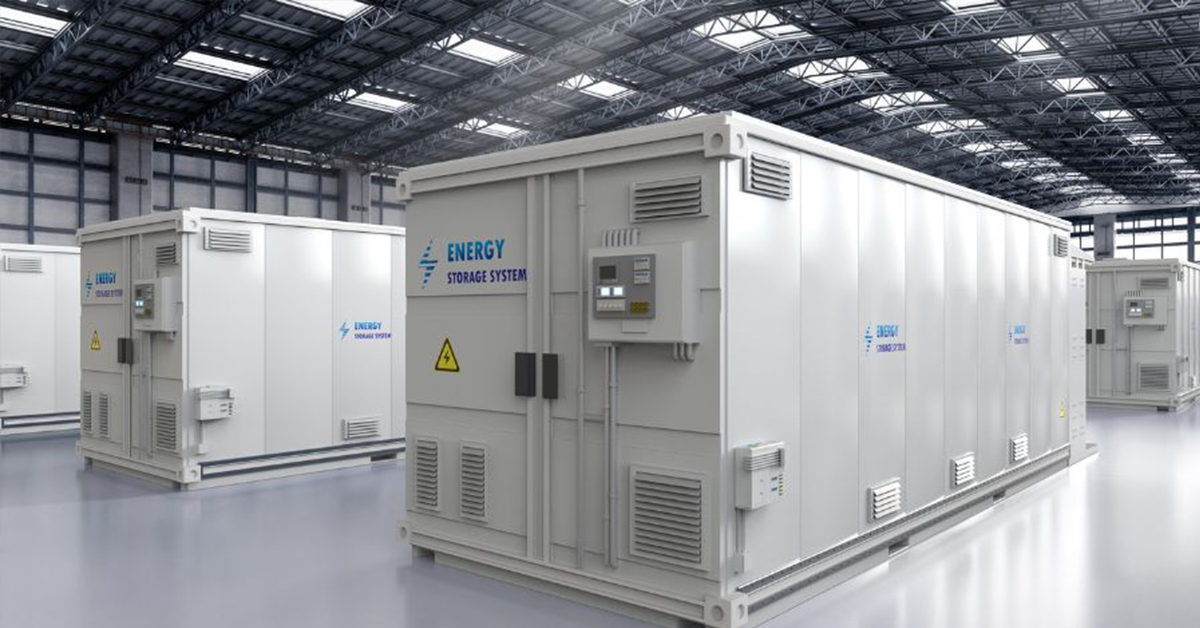
Providing ire Protection for Lithium Battery Storage
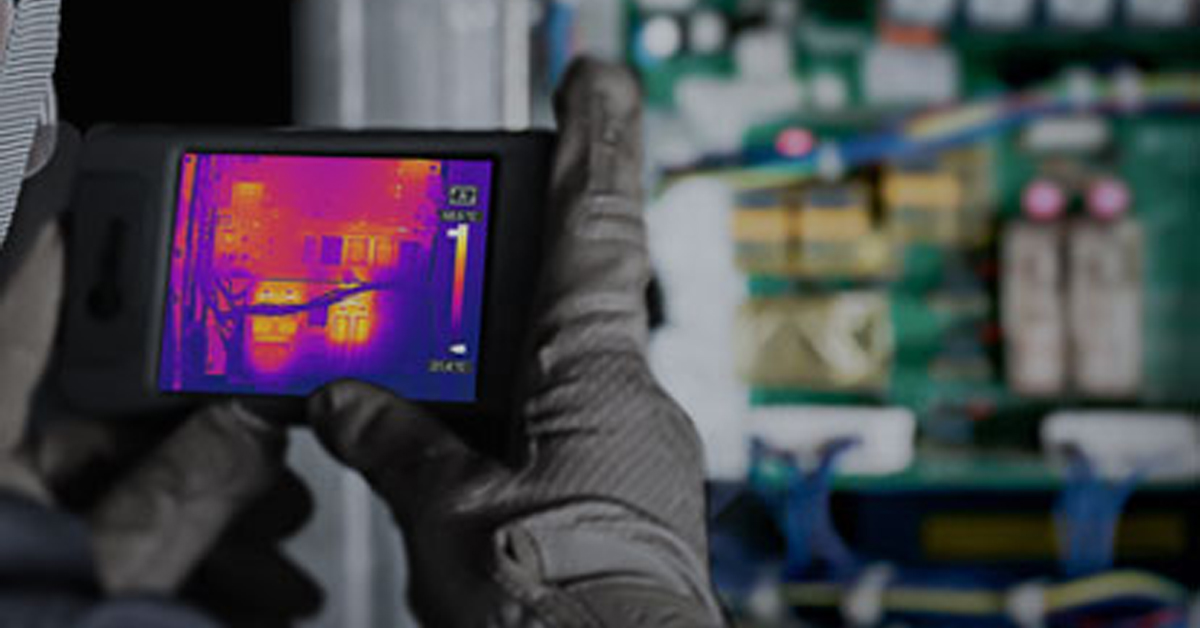
The Power of Thermal Imaging
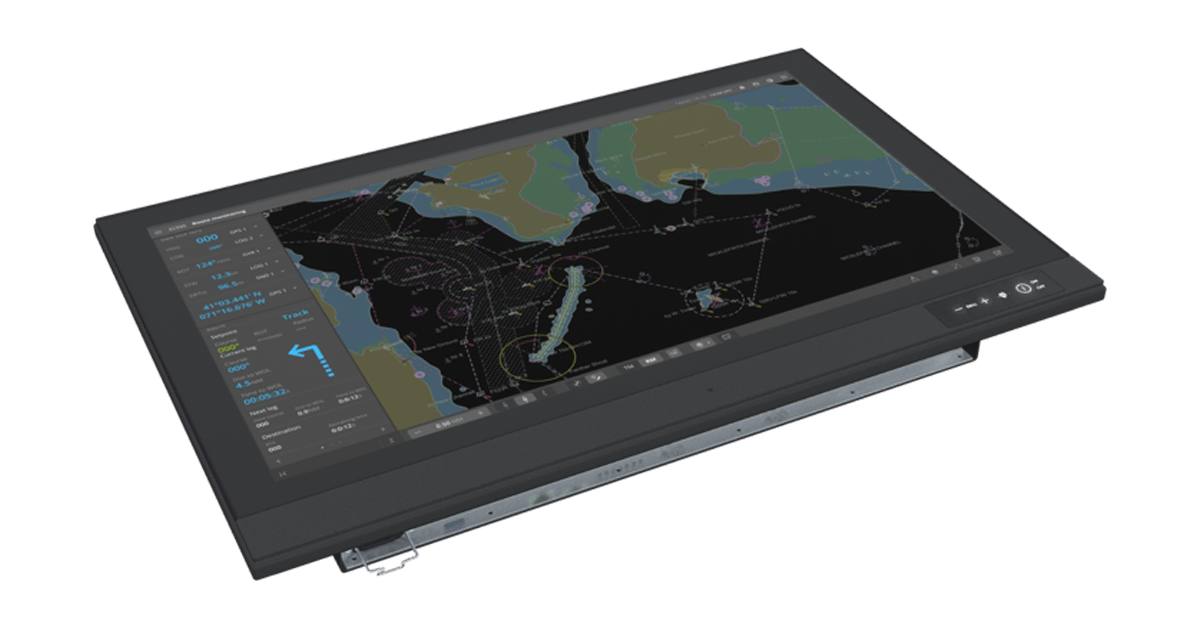
Why Panel PCs Are Perfect For Industrial Applications?

Teledyne DALSA
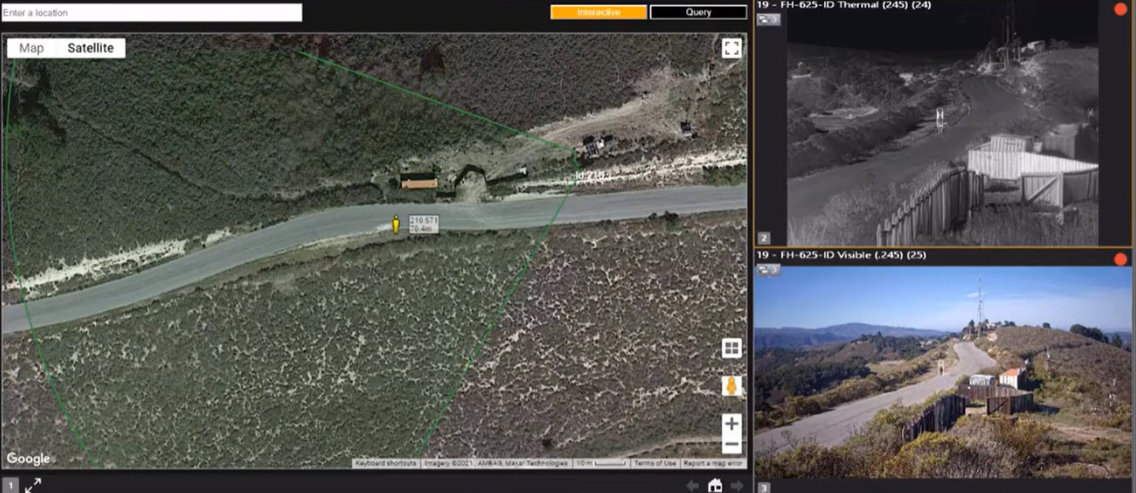
Advantages of Virtual Barrier Video Analytics for Perimeter Security Systems


NASA Takes the Teledyne FLIR Boson Thermal Camera Module Out of this World
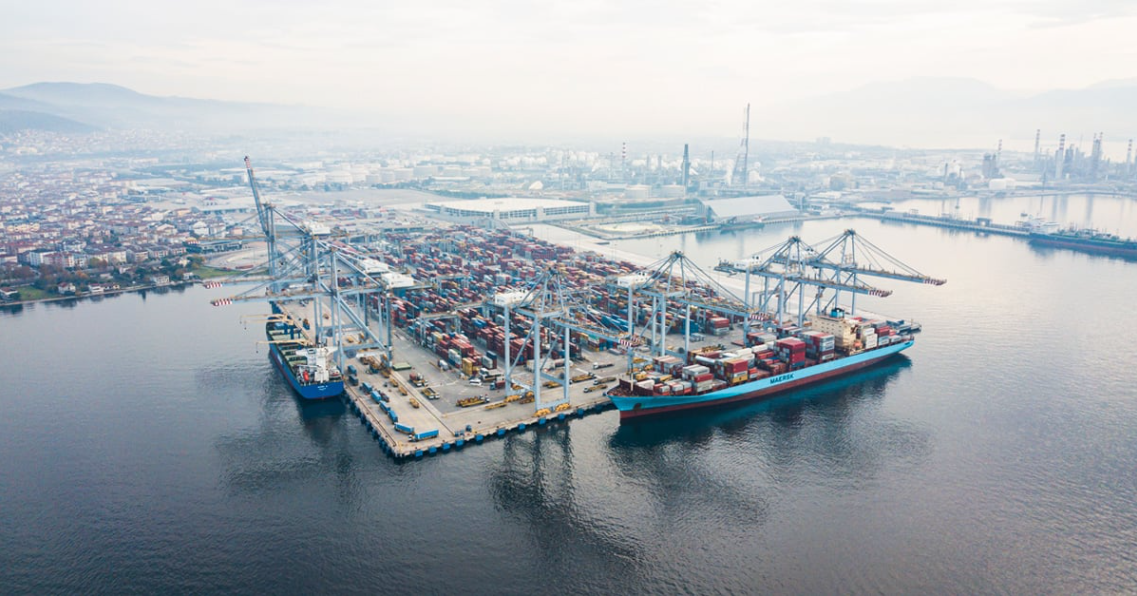
Port Security Enhancement: DP World Yarımca's Trust in FLIR Security Solutions for Effective and Safe Port Operations
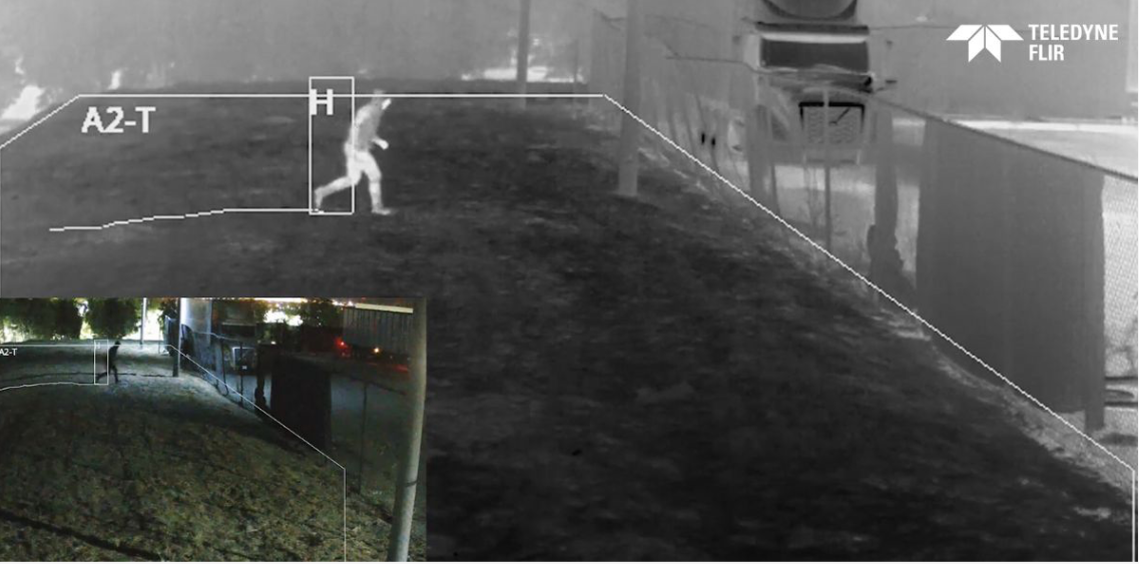
The Importance of Thermal Sensitivity (NETD) for Detection Accuracy

Bosphorus Boat Show 2025: The Meeting Point of the Maritime World







